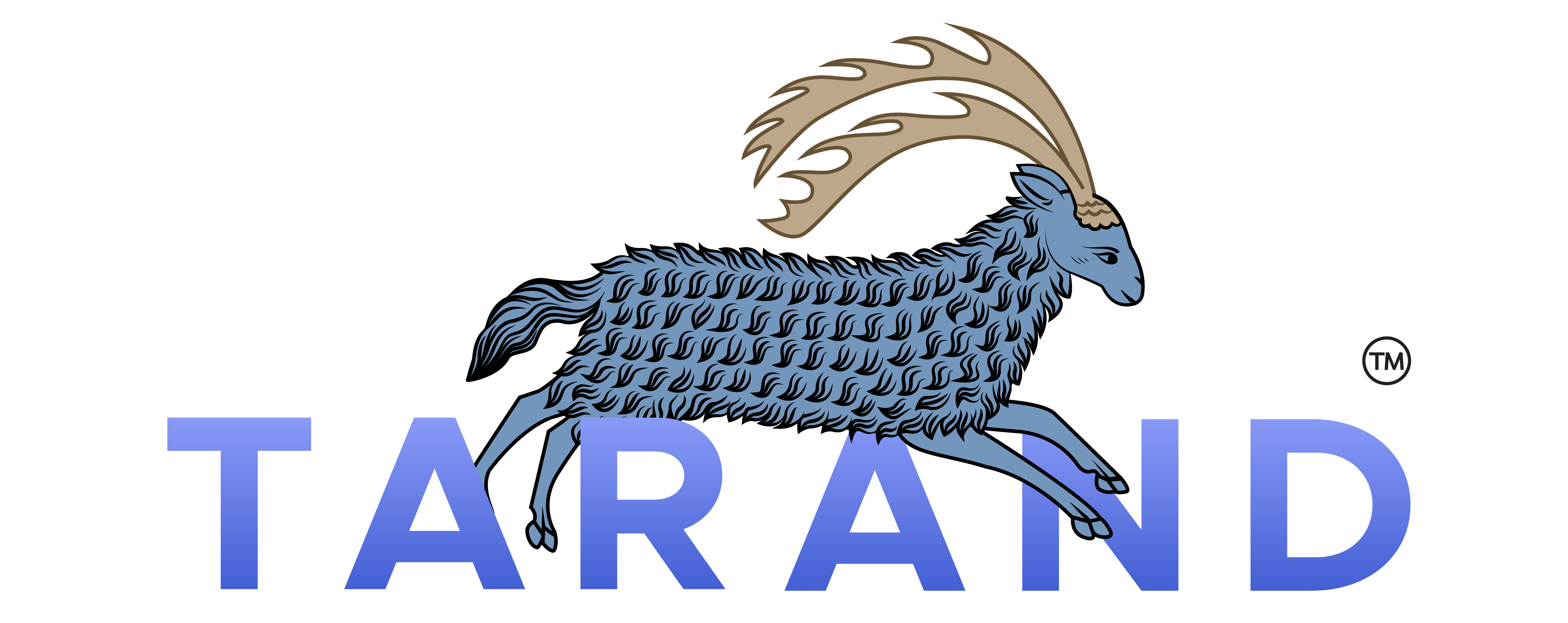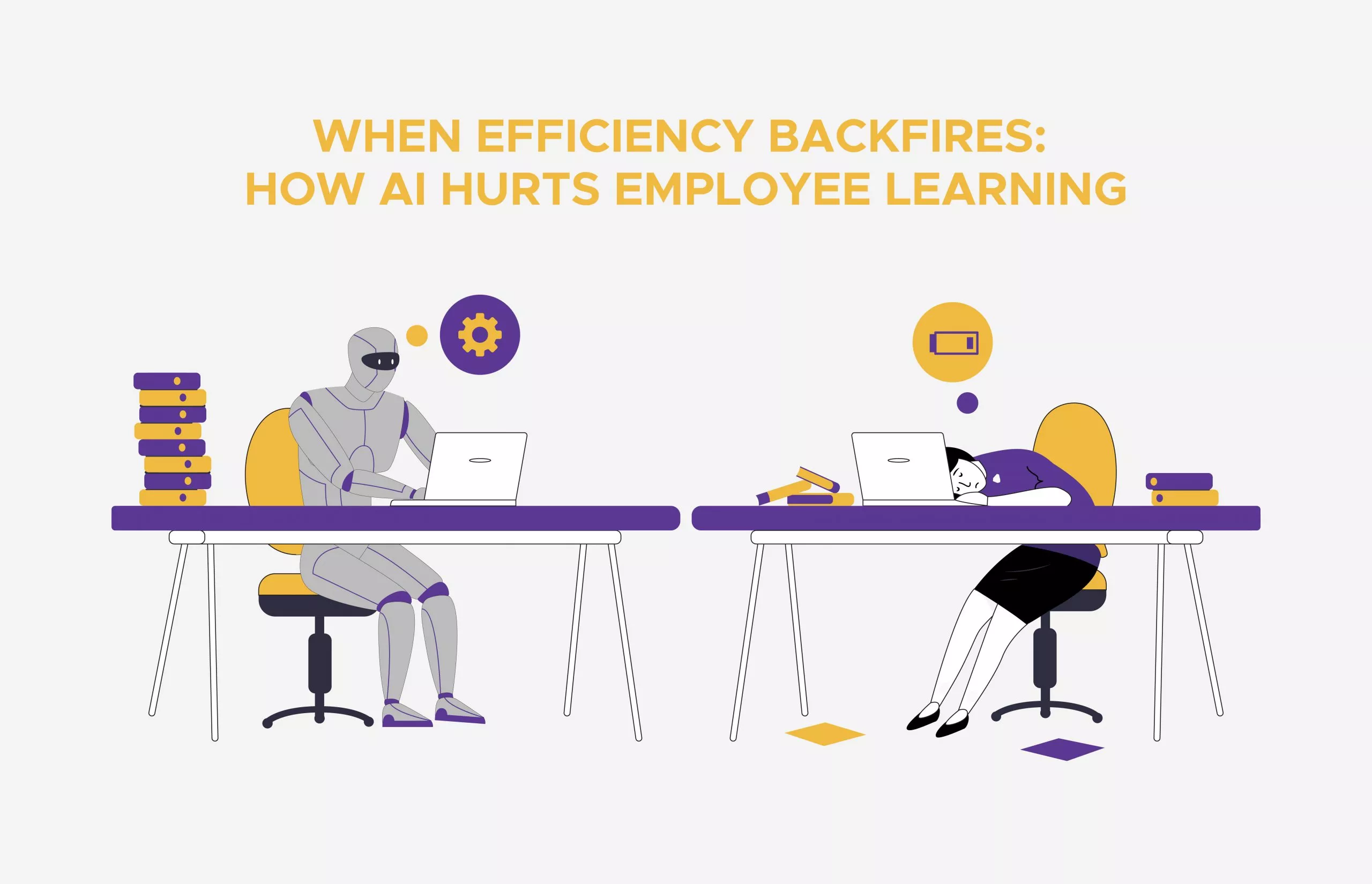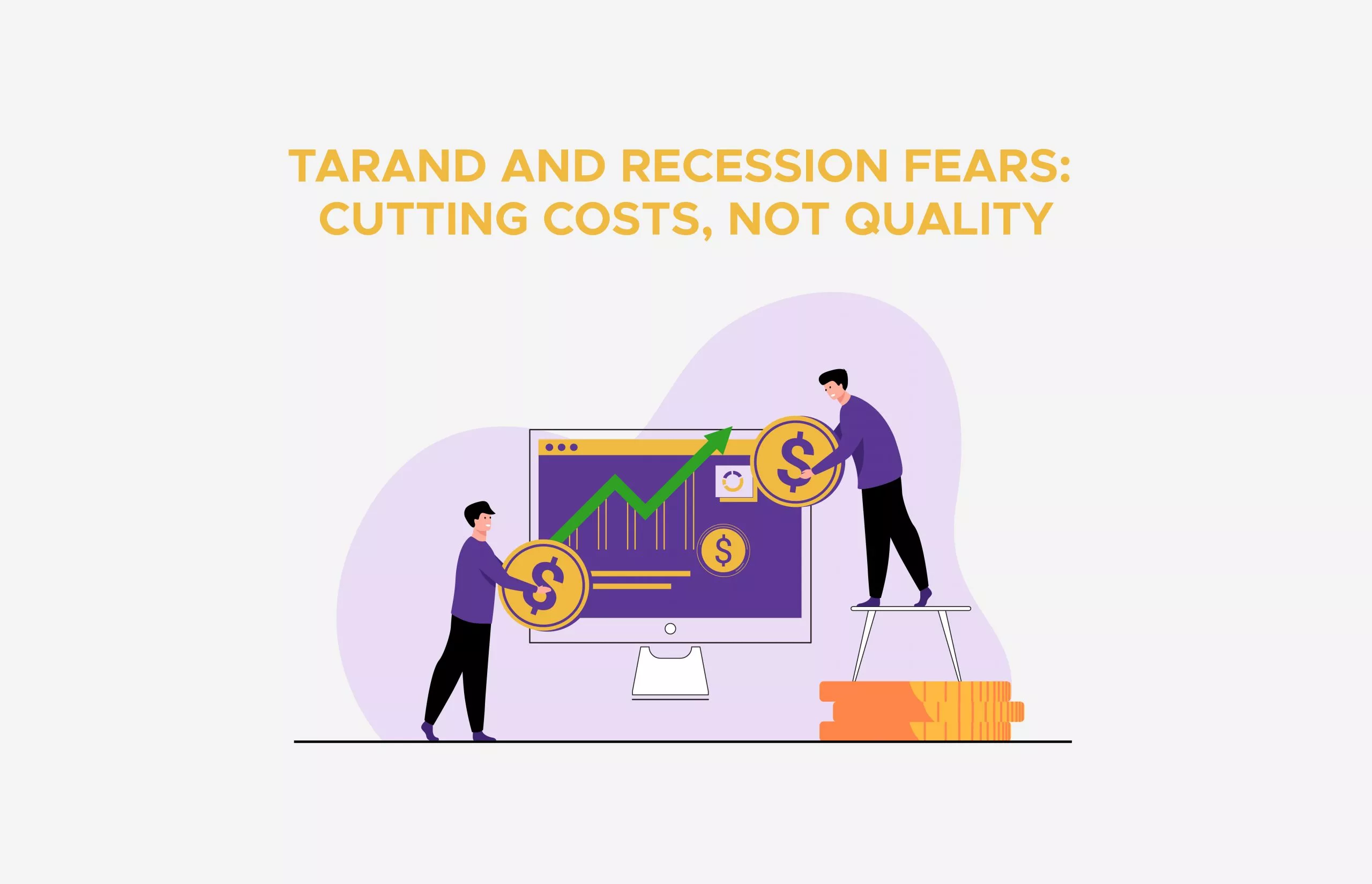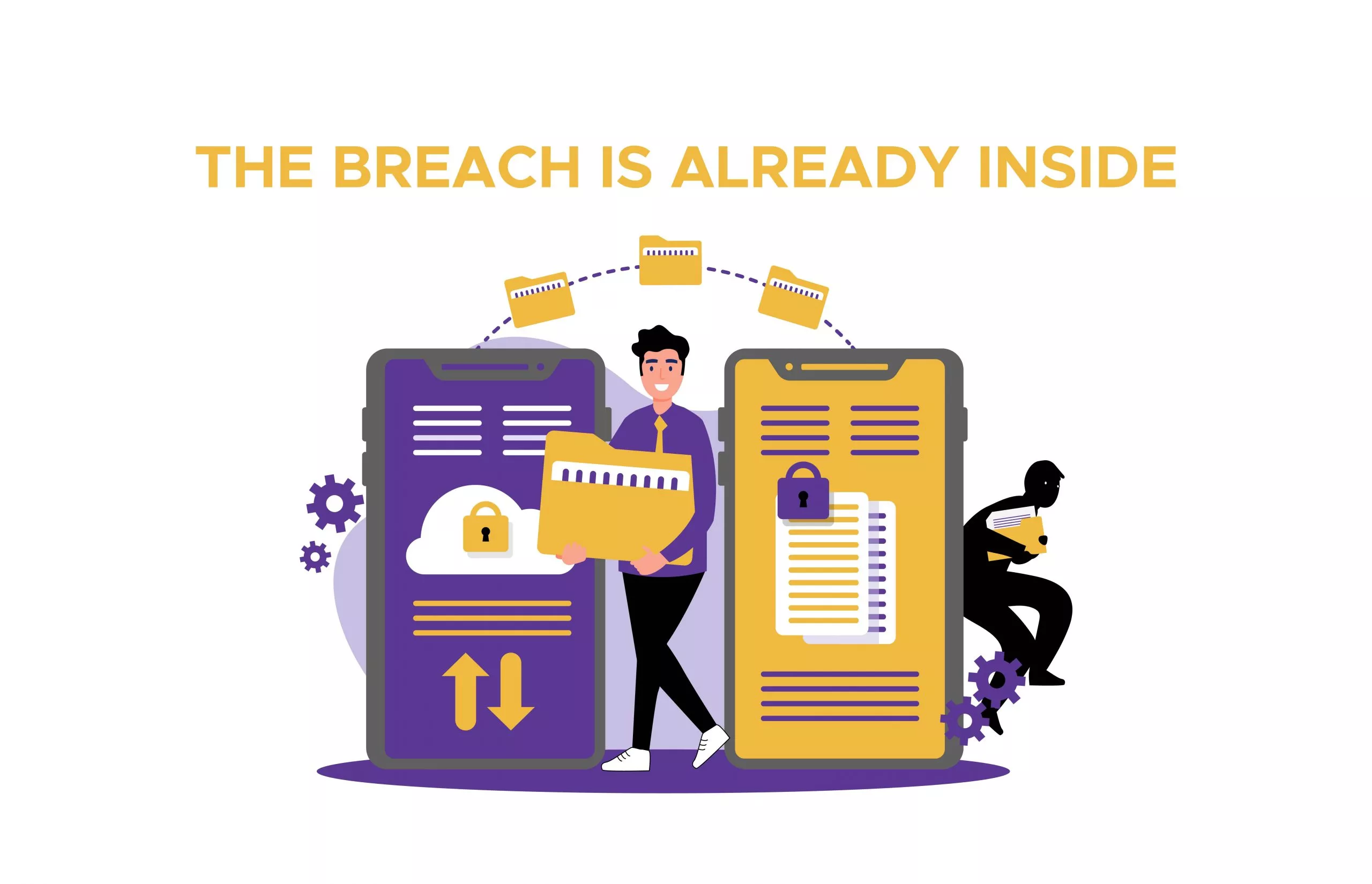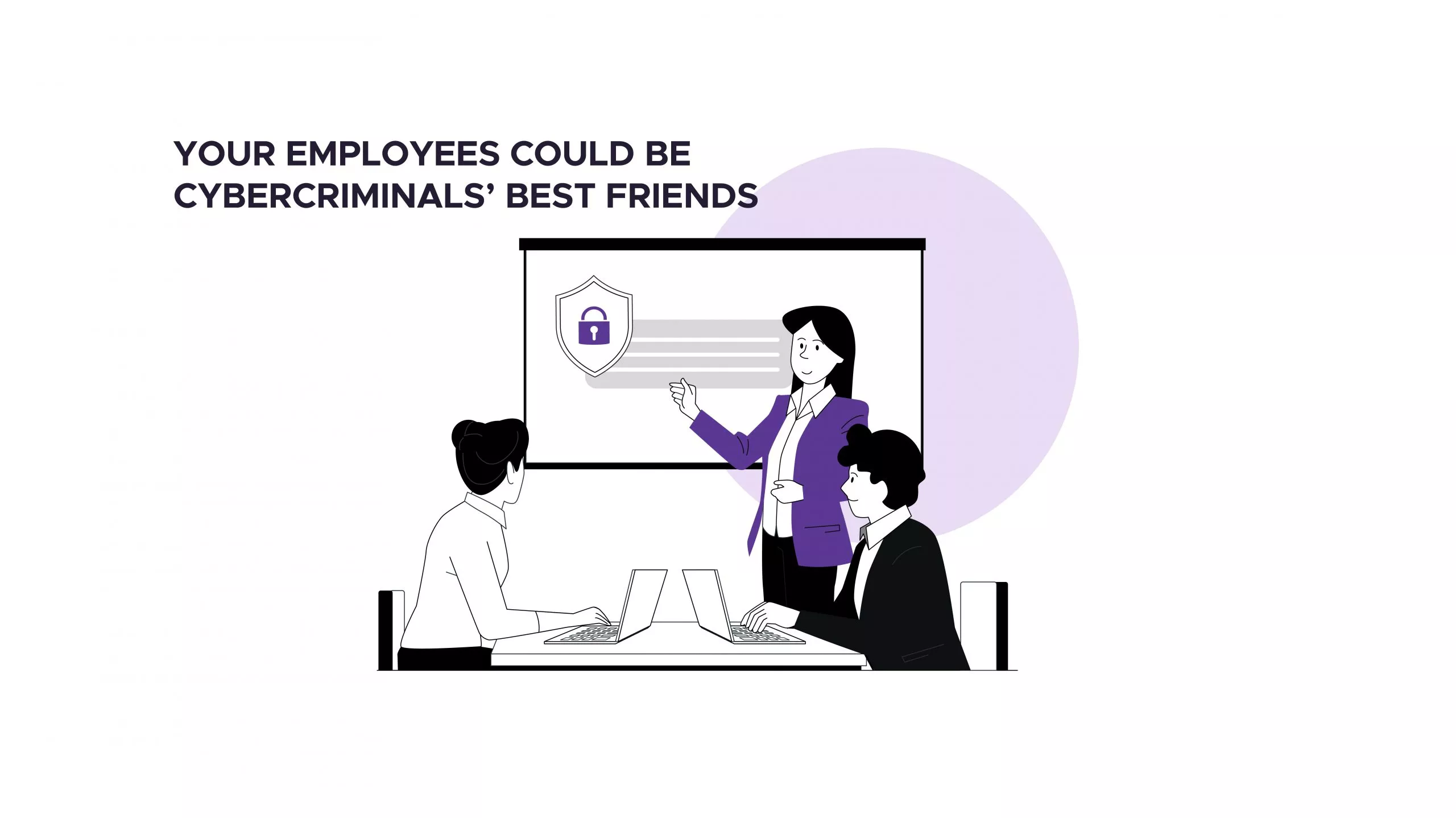Artificial intelligence is rapidly reshaping how companies develop and deliver employee training. From generative AI writing course materials to AI avatars narrating videos, the promise is that training can be produced faster and cheaper than ever. For example, one HR tech firm used AI video tools to create over 10,000 minutes of training content, reportedly saving 800 hours of work and $70,000 in production costs. Unsurprisingly, about two-thirds of organizations are now exploring generative AI solutions in their learning and development efforts. But amid this rush to automate training, a critical question emerges: what’s being lost in translation? Increasing evidence suggests that heavy reliance on AI leads to cookie-cutter learning experiences devoid of the personal touches, context, and accuracy that make training truly effective. While AI offers speed and scale, the trade-off can be a troubling loss of uniqueness in corporate training programs.
Speed vs. Substance
There’s an undeniable allure to AI-generated training. With tight deadlines and limited budgets, AI seems like a godsend – it can crank out slide decks, quizzes, and even entire e-learning modules in minutes. In theory, these tools can also personalize content for each learner. However, the reality often falls short of the hype. Industry experts caution that AI-only course development frequently sacrifices depth and quality. Courses built solely by AI tend to be “very low quality, full of inaccuracies, and lacking in instructional design principles” needed for effective training. Companies may gain efficiency, but if the content is riddled with errors or presented in a one-dimensional way, those speed and cost benefits ring hollow. It’s a classic case of getting what you pay for – rapid, cheap content at the expense of substance and relevance.
Cookie-Cutter Content – When Training Loses Its Uniqueness
AI-generated training content often becomes generic – a one-size-fits-all package that could apply to any company. Over-reliance on algorithms can produce a “cookie-cutter” effect where the nuance of a specific business gets lost. Organizational leaders have noticed that many AI-authored courses read like superficial knowledge dumps, offering encyclopedia-style information without meaningful teaching context. AI is excellent at assembling facts, but it struggles to craft a narrative or examples that resonate with a particular audience. The result is lessons that feel flat and impersonal. Researchers have likened some AI-made modules to “Wikipedia lessons” – all data and no depth. This generic approach ignores that employees come with diverse roles, experiences, and learning styles. As one analysis put it, AI-designed lessons often adopt a one-size-fits-all approach, neglecting the varied needs of the workforce. Such impersonal training can hinder employee engagement and dilute the program’s effectiveness. In practice, learners may breeze through these boilerplate modules without retaining much, after all, cookie-cutter learning doesn’t work when it fails to connect with what people actually do on the job.
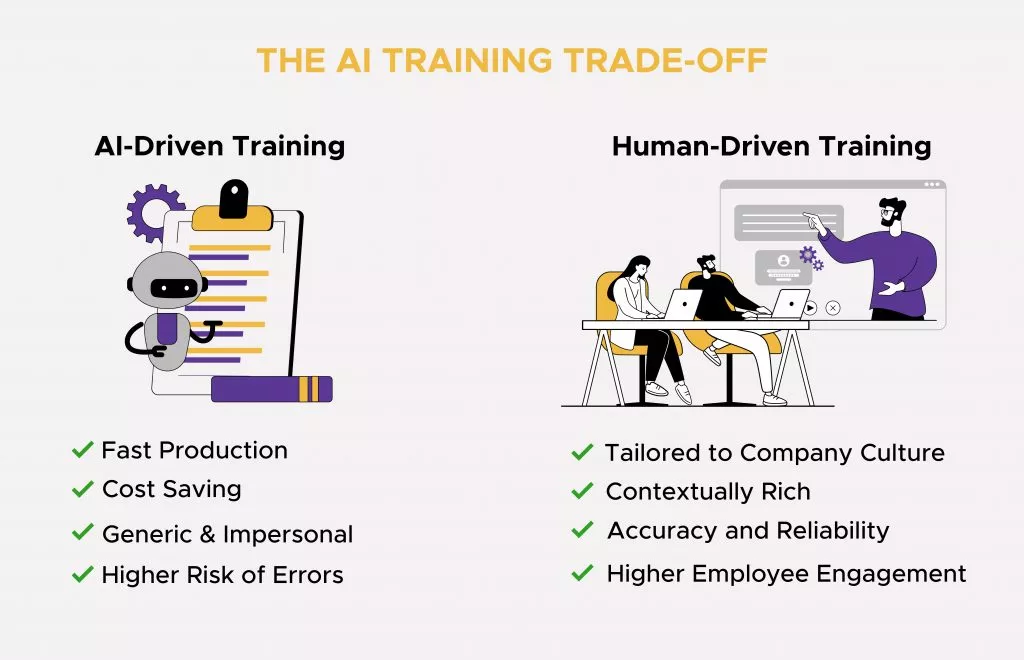
The homogenization goes beyond just tone. When multiple organizations use the same AI platforms drawing from the same data, the training content everywhere looks eerily similar. Studies on AI content generation warn of a “model collapse” phenomenon where AI systems regurgitate the same patterns repeatedly, leading to repetitive and less diverse outputs. In other words, if everyone uses generative AI trained on the same public information, you end up with very standardized material. The originality and spark that a skilled human trainer brings – perhaps a story about last quarter’s big client project to illustrate a concept – gets replaced by stock examples. Employees across different companies may now sit through training sessions that feel interchangeable. The loss of unique flavor is more than just an aesthetic issue; it means missed opportunities to inspire learners or tie lessons back to what makes a particular company and team special.
Overlooking Company-Specific Nuances and Culture
One of the most significant drawbacks of AI-driven training is its inability to grasp the subtleties of a company’s culture, values, and internal knowledge. AI doesn’t know what it doesn’t know – and it mostly “knows” only the general data it was trained on. This leads to training modules that gloss over crucial company-specific nuances. As a learning technologies expert observes, the machine lacks the real-world contextual understanding that human instructors or course designers bring. For instance, an AI might generate a generic module on leadership skills that cites famous CEOs or textbook scenarios, yet ignores the organization’s own leadership principles or history. Important terminology, inside jokes, or past case studies that seasoned employees would recognize might never appear in an AI-crafted lesson. According to one e-learning provider, AI often struggles to capture unique organizational culture and terminology – those little details that make the training feel truly ours rather than something downloaded from the internet.
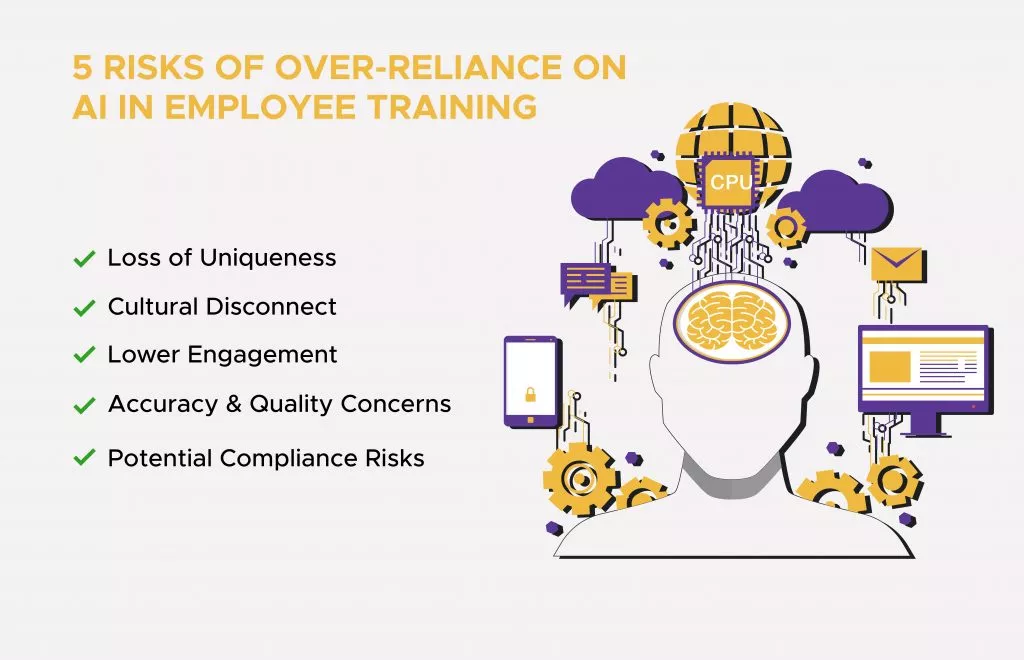
Consider a concrete example. Imagine tasking an AI with creating a workshop on workplace diversity and inclusion. The AI could scour thousands of articles and produce a decent summary of concepts like unconscious bias or microaggressions. But would it really understand the delicate nature of these topics within your company’s context? Probably not. A human trainer, by contrast, can draw on emotional intelligence and firsthand awareness of the team’s dynamics. In one illustrative case, an AI presented the topic of microaggressions in a clinical, detached manner, missing the emotional impact these subtle slights have on employees. A human expert facilitating the same session would likely discuss real incidents, encourage personal reflection, and handle the conversation empathetically. This contrast highlights a core limitation: AI lacks the lived experience to navigate sensitive or nuanced subject matter in the workplace. It cannot easily tailor the discussion to reflect the company’s stance or the audience’s feelings. Thus, employees miss out on the authentic, tailored learning that comes from trainers who understand their world. The training stays surface-level, depriving learners of insights that hit close to home.
When Speed Trumps Quality
The push to generate content quickly with AI can introduce errors and outdated information that a diligent human expert would catch. AI models often sound confident, but they make mistakes. Those mistakes go straight into the training materials without a human in the loop. Quality control is a serious concern with AI-generated content. As one industry report flatly states, AI alone can’t build accurate, unbiased courses. Left unchecked, an AI might cite wrong regulations in a compliance course or give ill-suited advice for a specific work scenario. Training professionals note that AI always needs oversight to ensure quality, since “errors, inaccuracies, and irrelevant information can creep into its suggestions”. Unfortunately, some organizations treat AI output as if it were automatically correct. The result is employees being trained on information that may be incomplete or even flat-out incorrect.
Generic “safe” content and clichés often fill the gap when AI lacks specific knowledge – a sign that relevance is being traded for broad applicability. In many cases, AI will default to generic examples and cliched talking points rather than risk being wrong on specifics. This might avoid blatant errors, but it also reduces the practical relevance of the training. Employees end up hearing platitudes (“Success is spelled T-E-A-M,” says the illustration above) instead of learning how things actually get done in their industry. Moreover, if the AI’s training data has any biases or blind spots, those carry through to the content. AI models trained on historical text have been caught perpetuating biases. Without a careful human editor, biased or insensitive material could slip into a lesson. Even when overt bias is avoided, there is the issue of inappropriate leveling. AI doesn’t inherently know your workforce’s skill level or the industry’s regulations unless explicitly told. It might oversimplify complex topics, leaving experienced employees bored, or include irrelevant details that distract from key points.
In high-stakes fields, the consequences of these quality issues are dire. Imagine an AI-generated training for a pharmaceutical company that inadvertently omits a critical safety step, or a finance compliance course with a slightly wrong legal detail. Such mistakes could lead to compliance violations. Observers have warned that poor AI training can lead to misinformation, bad decisions, and even compliance failures in regulated industries. In short, speedy training isn’t worth much if it’s inaccurate and untrustworthy. Employees quickly lose confidence in learning materials that feel off-base or generic. And engagement plummets once that trust is gone – people stop taking the training seriously. Thus, the very efficiencies gained by using AI can backfire, requiring retraining or damage control that wipes out the initial savings.
Striking a Balance for Effective Training
None of this suggests that AI has no place in employee development. On the contrary, when used wisely, AI can assist human trainers and designers by handling rote tasks, suggesting creative ideas, or personalizing learning pathways under supervision. The key is not to abandon the human element. Companies that treat AI as a partner rather than a replacement see the best results. A skilled instructional designer can infuse AI-generated outlines or drafts with the organization’s unique context, correct inaccuracies, and add engaging activities. This kind of hybrid approach harnesses AI’s speed while safeguarding quality and relevance. It ensures that the final product still carries the company’s voice and institutional knowledge.
Employee training is most effective when it speaks directly to the learner’s world. That means training content should feel custom-made for your people and your business, not a copy-paste job from the internet. AI alone cannot achieve that level of tailored storytelling or nuanced instruction. As we’ve seen, an over-reliance on AI risks turning learning programs into bland, one-size-fits-all experiences. Organizations investing in their workforce’s growth should be wary of trading away accuracy and authenticity for a quick fix. The smart move is to blend AI’s efficiencies with human insight. By keeping subject matter experts and educators in the driver’s seat, companies can avoid the trap of generic training and deliver engaging, precise, and truly unique learning experiences that resonate with employees. Speed is vital to upskill teams, but relevance and quality are priceless. The goal isn’t to churn out content faster; it’s to empower employees with knowledge and skills that genuinely matter to them and to the organization’s success.
